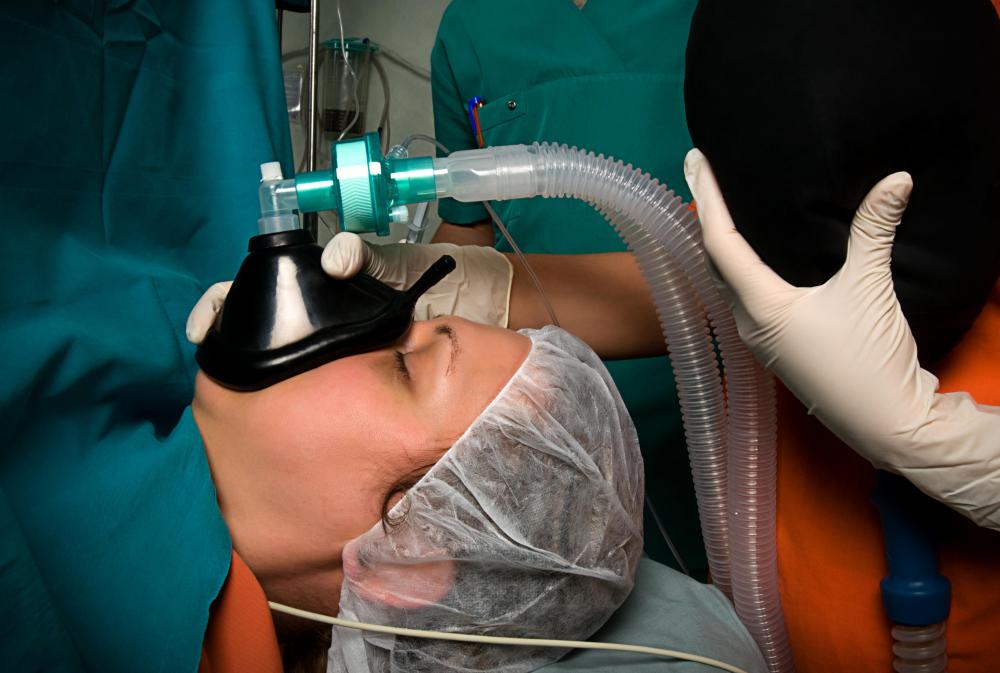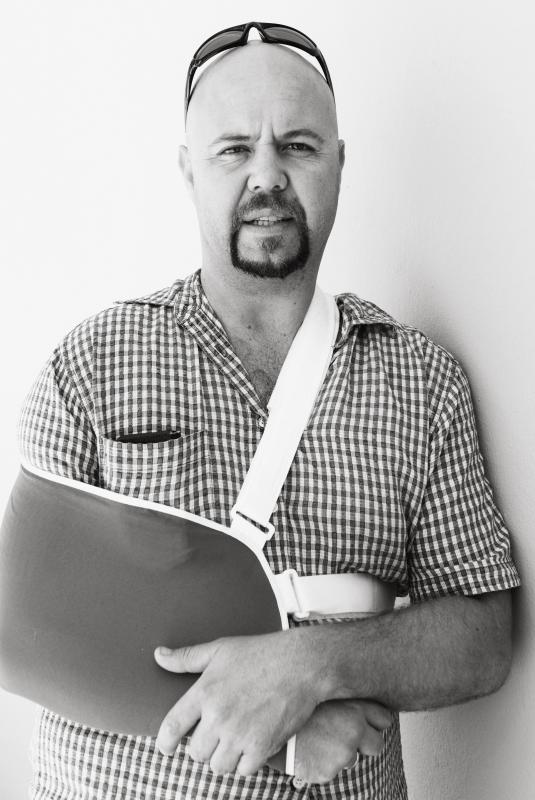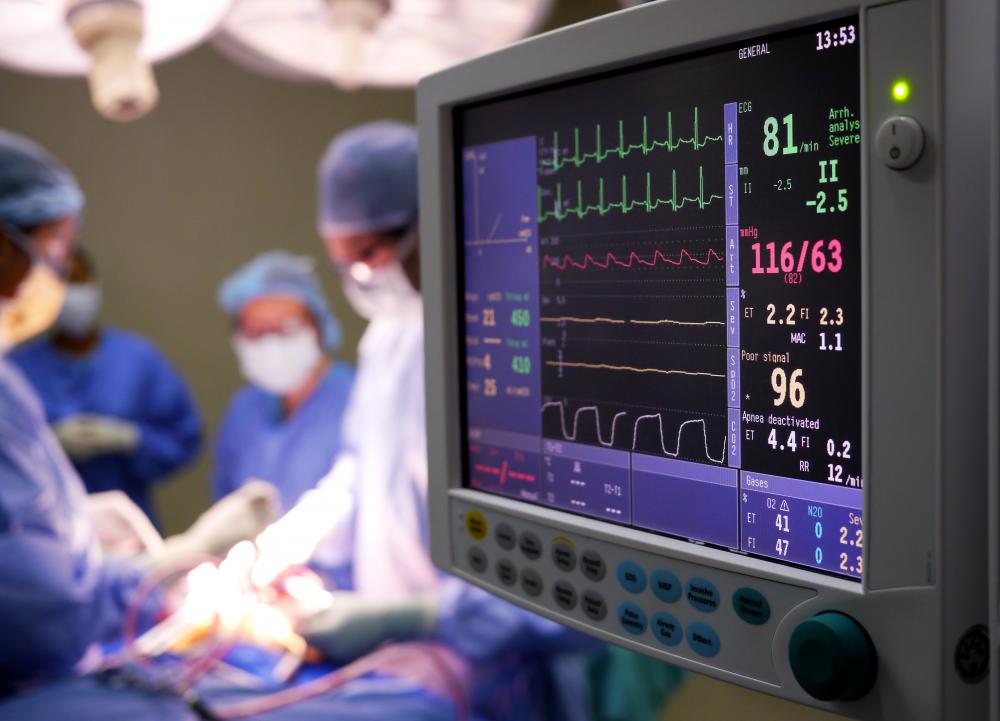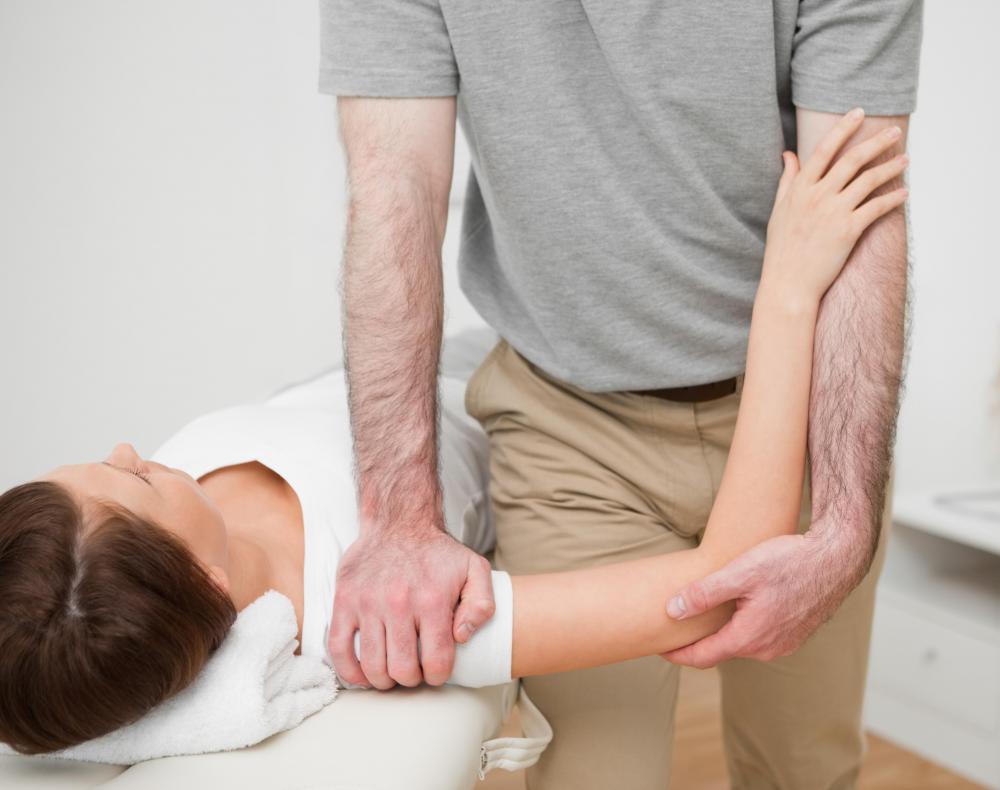At TheHealthBoard, we're committed to delivering accurate, trustworthy information. Our expert-authored content is rigorously fact-checked and sourced from credible authorities. Discover how we uphold the highest standards in providing you with reliable knowledge.
What Can I Expect from Acromioclavicular Surgery?
A person's acromioclavicular (AC) joint is located in the shoulder and it connects the collarbone with the scapula, which is part of the shoulder blade. This joint may require surgery for several reasons, such as arthritis, injuries, or a separation, which occurs when the joint becomes dislocated, or moves out of place. The exact procedure and recovery time for acromioclavicular surgery will vary, depending on the extent of the damage to the joint and the surgical techniques used. Patients who undergo arthroscopic acromioclavicular surgery, which uses very small instruments, will have a shorter recovery time than those who require more extensive surgery. A recovery from these procedures will involve rest and physical therapy.
Not everyone is a good candidate for acromioclavicular surgery. Those who have a mild joint separation will be treated with other methods first. Patients with arthritis in the shoulder joint will also first need to try other treatments, such as physical therapy and cortisone shots. If treatments like rest, medication, and physical therapy are ineffective, a doctor may recommend undergoing surgery to repair the damaged AC joint.

To prepare for an acromioclavicular surgery, patients must disclose all other medical conditions they have, as well as any medications or supplements they take. Certain drugs may need to be discontinued for a period of time prior to the procedure. The surgeon will discuss the anesthesia he will use, which may include regional anesthesia to numb the area or general anesthesia to render the patient unconscious. Patients should arrange to have someone else drive them home for the hospital and to help them around the house for a few weeks while their mobility is limited.

The exact procedure for acromioclavicular surgery will vary, depending on the needs of the individual patient. Surgeons may use arthroscopic techniques and a few very small incisions, or they may need a larger incision for more extensive repair. If the cartilage is severely worn down due to arthritis, the patient may need a small portion of the collarbone removed to alleviate the pain. This procedure may also help address a joint separation. In a Weaver-Dunn procedure, part of the collarbone is removed and the ligaments are re-attached to restore the proper joint position.

Recovery times can also vary widely, depending on the procedure used and the extent of the damage. Patients should typically be able to return home on the day of surgery. They should expect to wear a sling for several weeks and to keep the affected arm immobilized for about two to three weeks. Physical therapy should begin as soon as possible to restore range-of-motion and flexibility to the AC joint. A full recovery from acromioclavicular surgery may take as long as six months.
AS FEATURED ON:
AS FEATURED ON:



















Discussion Comments
I know firsthand about acromioclavicular joint pain after surgery, because I also had AC repair surgery due to a snowboarding injury. It required 2 surgeries. The first was to apply screws and a hook plate to my clavicle and acromion and the second surgery was to remove the screws and hook plate.
Over the years the pain in my arm varied, but it was always most significant if I were anxious and /or at night time when I was at rest and wasn't distracted myself. This injury guided me down a path to becoming an acupuncturist so I can treat and heal the pain.
I was in the physical therapy field for 10 years before I became an acupuncturist, so believe me when I say I tried all kinds of different modalities to help and thus far, acupuncture has been the most effective way of treating pain other than strong, addictive medication or cortisone injections.
Cortisone injections take away the pain for a short time, but it also breaks down connective tissue, and that's why doctors limit injections to three a year. Here is a tip: keep moving your arm through all its range of motion - movement is the next best medicine. Be careful lifting heavy weights because it will degrade your AC joint over time and there are many different and rewarding exercises available without lifting heavy weights.
@rundocuri- I think that you are smart to pursue a second opinion, because acromioclavicular surgery often involves a long and difficult recovery period.
I think you should begin your search for a specialist who can give you a second opinion by talking to your primary care doctor. You should be honest with him or her about your concerns over having the surgery, and express your interest in trying other types of treatments first. Your doctor will be able to give you a referral, which your insurance might require you to have in order to see another specialist.
I was told by a specialist that I should have acromioclavicular surgery for shoulder issues, but I don't want to rush into it before I try other treatment options. What steps should I take to get a second opinion?
Post your comments